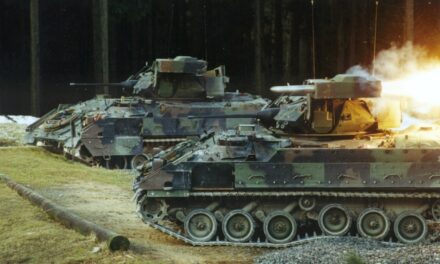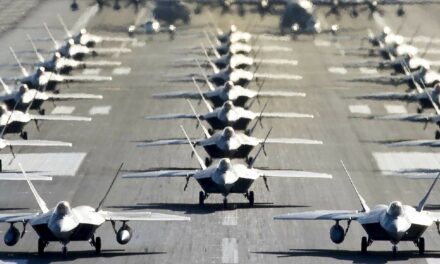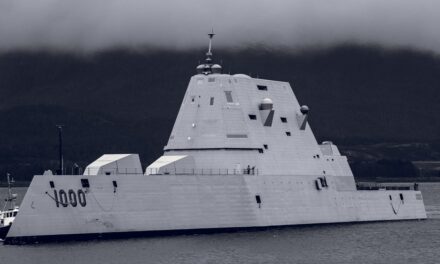We support our Publishers and Content Creators. You can view this story on their website by CLICKING HERE.
Flying in 2033: The B-52J upgrade program, aimed at modernizing the iconic U.S. Air Force bomber with new Rolls-Royce F130 engines and advanced AESA radars, is plagued by delays and cost overruns, pushing its completion date to 2033, three years later than planned.
-The GAO’s review highlights the program’s challenges, including funding shortfalls, slowed progress, and unapproved cost estimates.
-Despite its critical role in the U.S. nuclear triad, the program raises questions about cost-effectiveness and timelines.
-A possible compromise could involve upgrading only half of the fleet to control costs and minimize delays while retaining operational capability.
B-52J Upgrade Delayed Until 2033: Cost Overruns and Setbacks Explained
This is not what the U.S. Air Force wanted.
I am talking about the future B-52J and its annoying schedule slips and cost overruns. The historic bomber‘s upgrade will not be ready until 2033, three years later than the Air Force planned.
The radar update is not going well, and the engine replacement plan has encountered difficulties, too. These problems have a government watchdog agency concerned that the B-52J has become a money pit.
Let’s look closer to see if all the trouble is worth it.
Government Watchdog Has Its Set on the B-52 Program
For the last 22 years, the U.S. Government Accountability Office has reviewed military acquisition programs annually with a fine-tooth comb. The agency looks for expensive systems that do not live up to their promise and new military hardware that is not worth the cost and effort. The B-52J has appeared on the GAO’s radar as a program causing headaches.
Expensive Engine Replacements Are Not Happening Fast Enough
The first problem area identified is the B-52J’s Commercial Engine Replacement Program. It consists of eight Pratt & Whitney TF33 engines on each of its B-52Hs traded in one for one with new Rolls-Royce F130s.
A B-52H Stratofortress is prepared for fight at Minot Air Force Base, N.D., Oct. 25, 2021. The last B-52H built was delivered in Oct. 1962. (U.S. Air Force photo by Airman 1st Class Zachary Wright)
This effort will “replace associated subsystems such as engine struts, the electrical power generation system, and cockpit displays for the B-52H fleet.”
Unfortunately, this program has shown up on the GAO naughty list. Not only is it behind schedule, but there are also no formal cost or schedule estimates as of FY24, and there were none for FY23 either. It is not considered a major defense acquisition program.
The engine replacement program is plainly in trouble, according to the GAO. The watchdog explained that “the proposal cost exceeded the program’s available funding, and that they [program officials] asked Boeing to slow its level of work to align with available funding. They also noted that an associated materials contract could not be awarded, causing additional delays.”
B-52J Radar Swap Is Facing Issues
Next on the problem report is the radar modernization program. The Air Force wants to trade the old mechanically-scanned AN/APQ-166 radars in each of its 76 B-52Hs for new active electronically-scanned array (AESA) versions. This is going to cost a whopping $34 million each.
But worse than the high cost is the schedule slip. In FY21, it was estimated that the radar swaps would take 63 months. By FY23 that estimated schedule grew to 73 months. That is a schedule slip of 16 percent longer in duration for the upgrade.
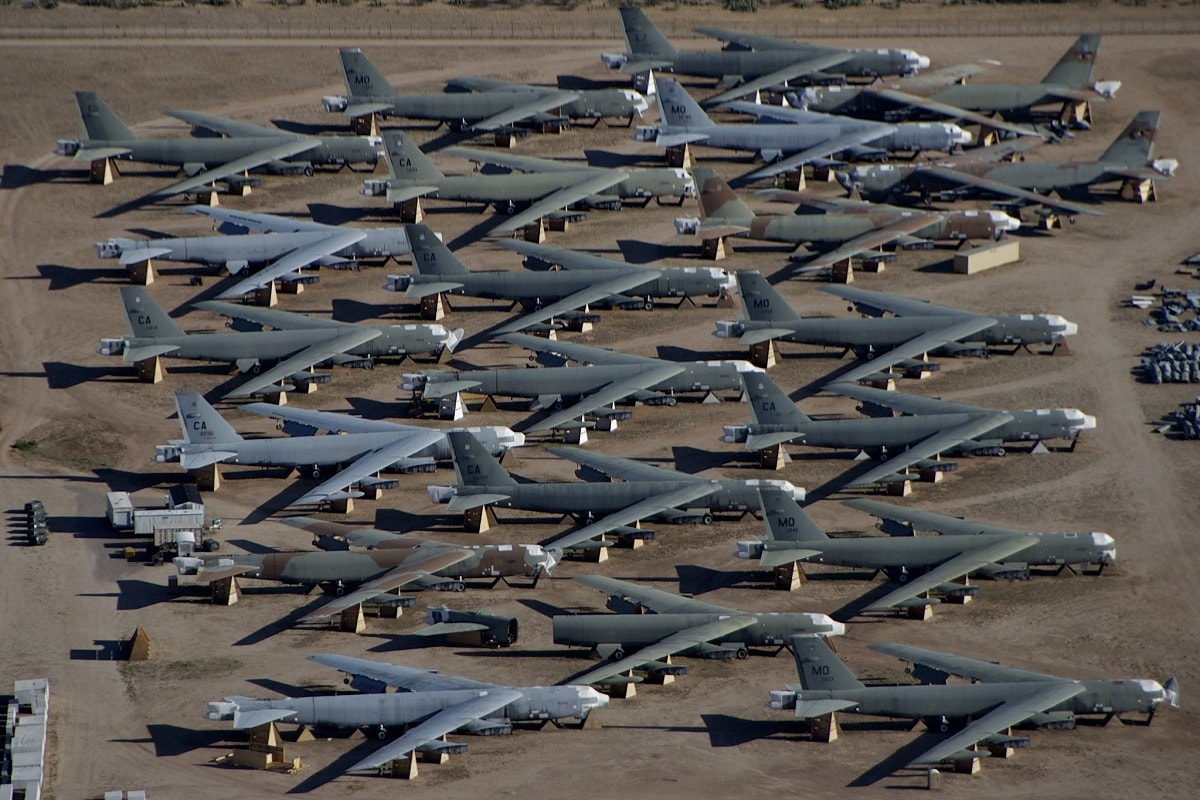
Image: Creative Commons.
This delay should not be happening. The GAO pointed out that the new radar is based on off-the-shelf parts, and it has no critical technologies. The radar prototype will not be ready until 2025 and then the rest of the installation delays and costs are unknown.
Are the Upgrades Worth the Time and Cost?
These two upgrade programs are not mission critical in my mind. Yes, it would be nice to have new engines and radars. But is this worth the cost and extra time to install, especially if they are not ready for another nine years? The B-52 has enjoyed a sterling combat record and is a key part of the Air Force fleet and the U.S. nuclear triad. Unfortunately, it is too late to turn back now. All that money and time wasted has been baked into the cake.
Just Upgrade Half the B-52 Fleet as a Compromise to Save Time and Money
Now, I could be wrong, and the Air Force is right. Let’s take another look and assume the new engines and radars are critical and that the schedule slips and cost overruns are normal obstacles that major air platforms must endure.
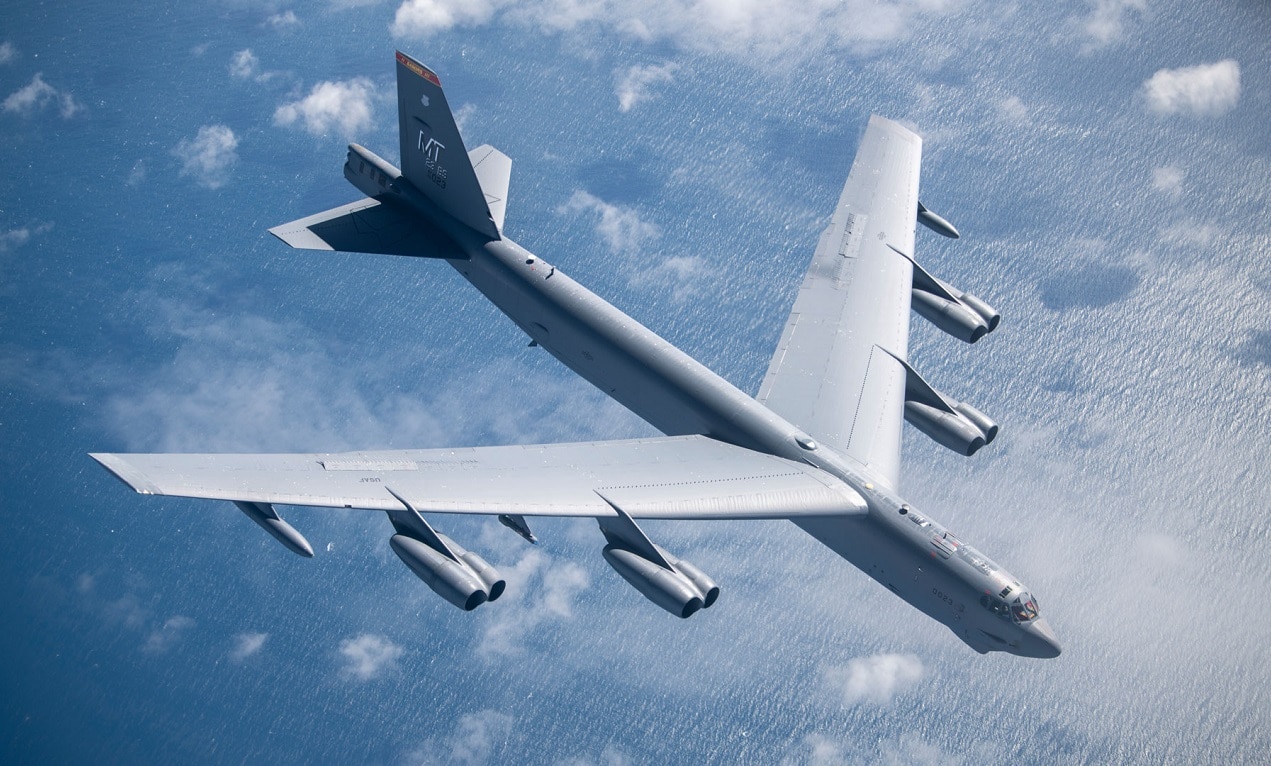
B-52 Bomber. Image Credit: US Air Force.
Then perhaps the upgrades are worth it, but the GAO thinks these programs are problem children that the Air Force should fix as soon as possible. Congress could also scrap the engine and radar replacement efforts, and perhaps the entire fleet will not be upgraded, and only half the airplanes would get the upgrades.
That may be a way to cut the cost and keep the program on schedule and under budget. My solution would be to compromise and designate only half the B-52Hs to become B-52Js. There would still be ample time to upgrade the other B-52Hs later when the replacement programs have a better handle on their cost and schedule estimates.
About the Author: Dr. Brent M. Eastwood
Brent M. Eastwood, PhD, is the author of Don’t Turn Your Back On the World: a Conservative Foreign Policy and Humans, Machines, and Data: Future Trends in Warfare, plus two other books. Brent was the founder and CEO of a tech firm that predicted world events using artificial intelligence. He served as a legislative fellow for U.S. Senator Tim Scott and advised the senator on defense and foreign policy issues. He has taught at American University, George Washington University, and George Mason University. Brent is a former U.S. Army Infantry officer. He can be followed on X @BMEastwood.

 Conservative
Conservative  Search
Search Trending
Trending Current News
Current News 
